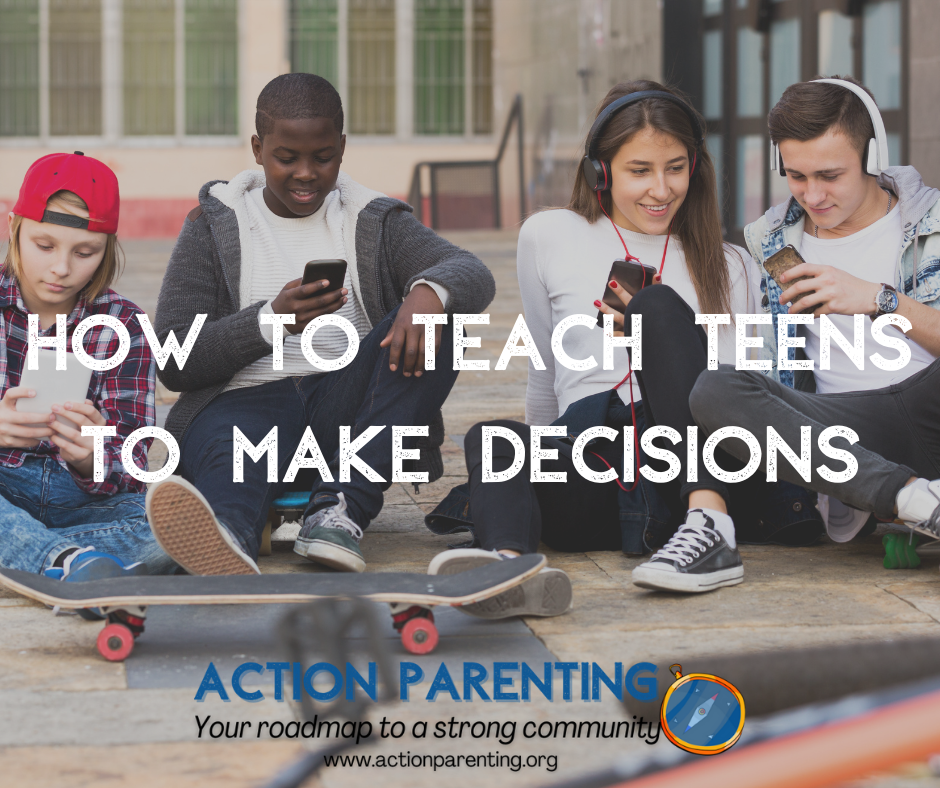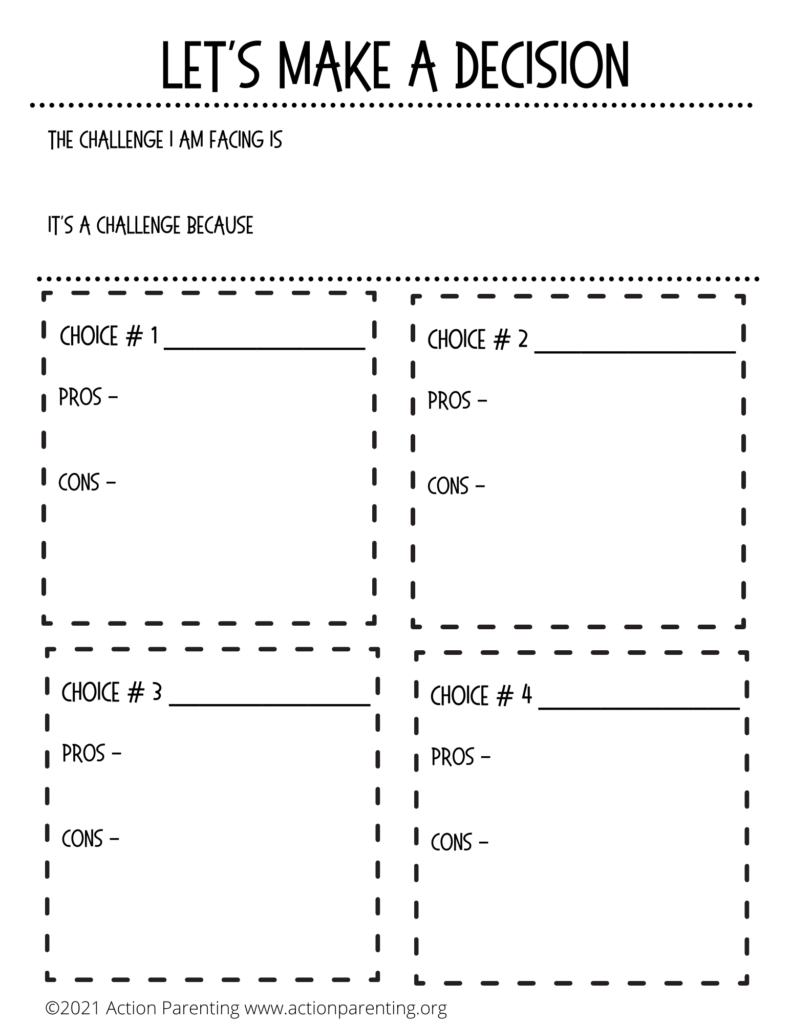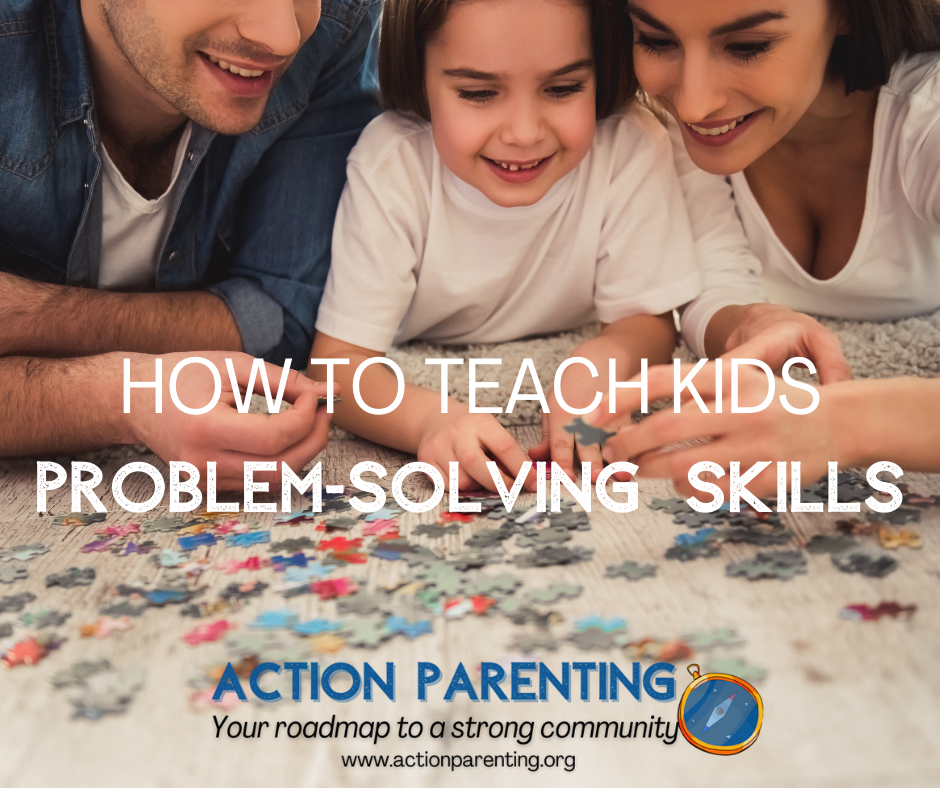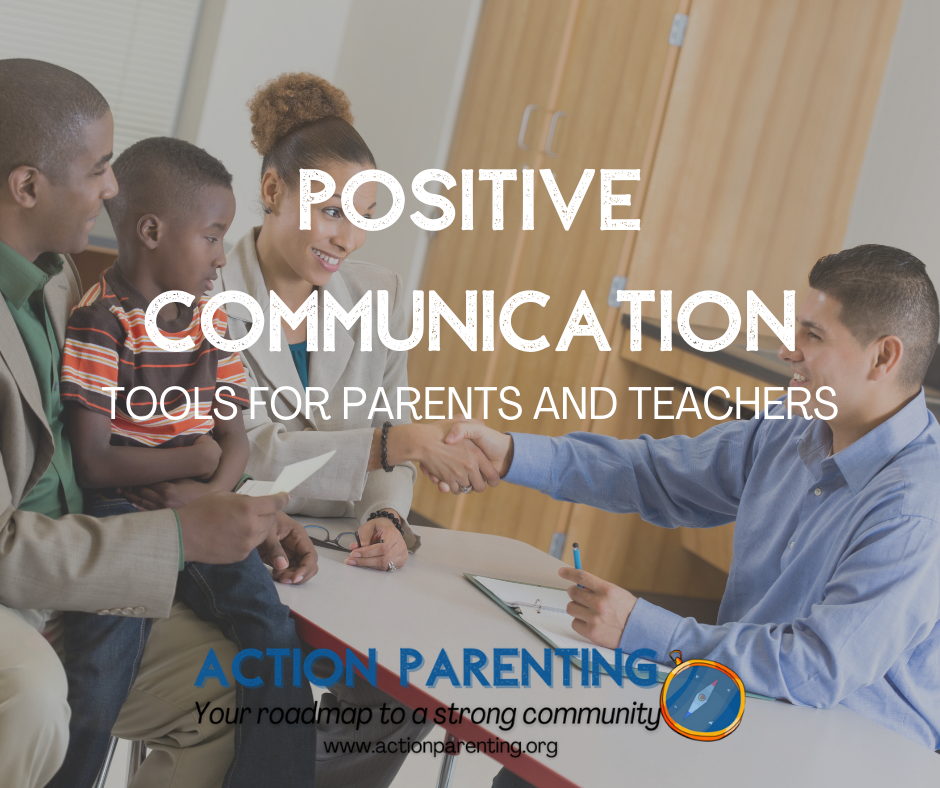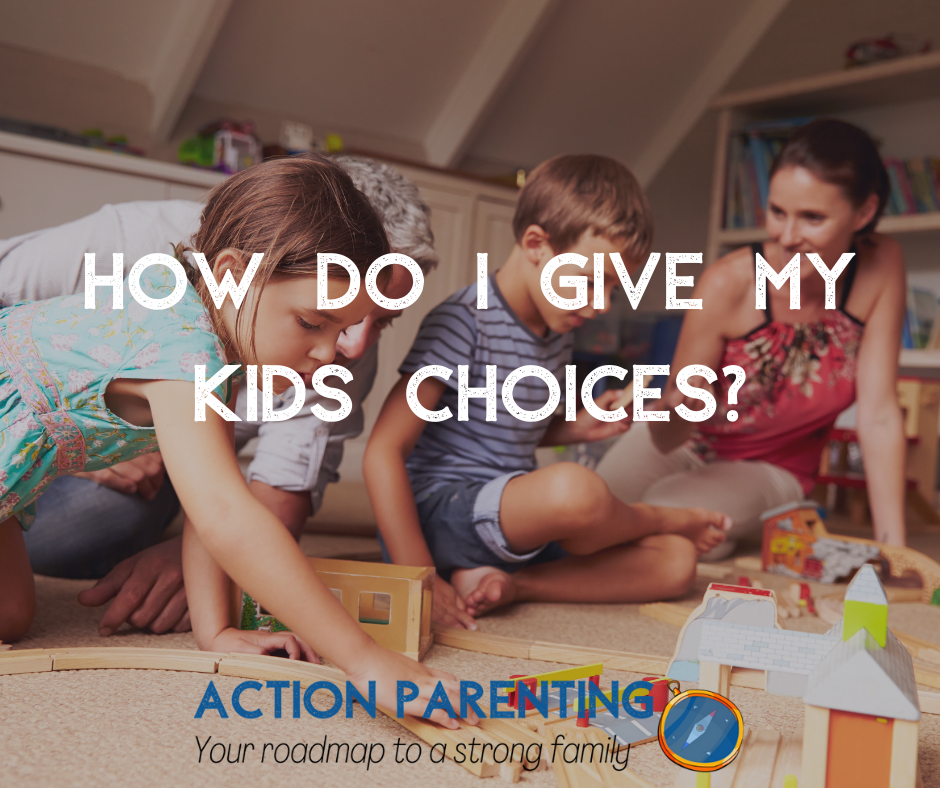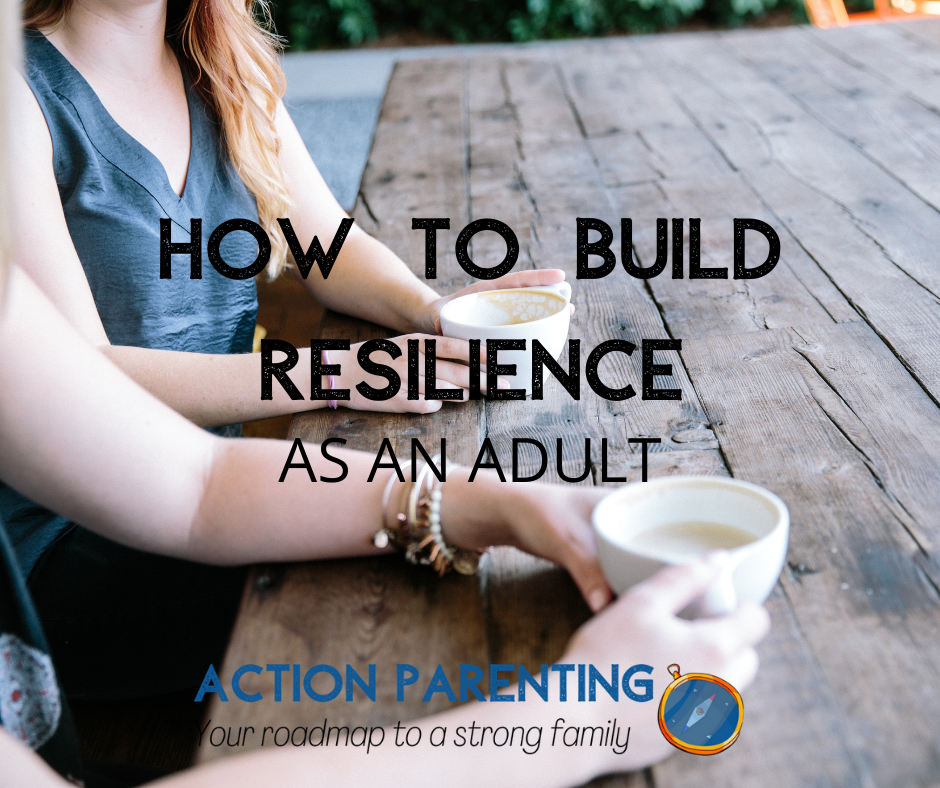Part of being a parent is encouraging your child to try new things. We have the privilege of helping them learn what they enjoy and are passionate about. And to learn what those are, they must try new things. One of the greatest gifts we can give our kids is the space to try new things, to become risk-takers in both big and small ways.
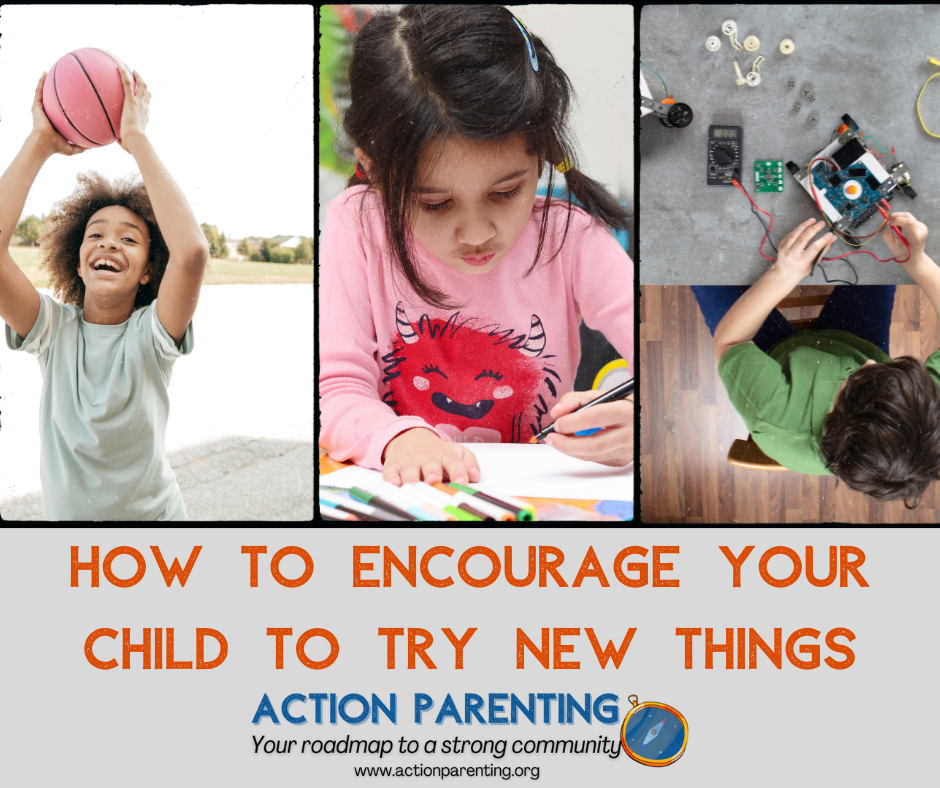
As kids grow older they often become more averse to trying new things. They shy away from things they aren’t naturally good at or that scare them. Trying a new sport, going out for student council, or joining a new club after school is a risk. Current culture often portrays only the “experts” and it’s easy to forget that we sometimes have to fail and take the risk before we succeed. We want our kids to know that they don’t have to be experts right away, we are all beginners at the beginning. There will be many times in their lifetime when they find themselves in situations where they are learning something new, and that this is not something to be afraid of.
So how do we practically help our kids be willing to put themselves out there?
Explain the idea of “challenge by choice” to your children.
“Challenge by choice” is the idea of growing through trying new things. When we try new things we are uncomfortable, but as we face fears growth often occurs and we might just discover something new that we love. And just because we try something does not mean we are committed to it forever. It’s ok to try something and decide it’s not for them. Encourage them to see their commitment through and then reevaluate if they want to continue or not. Challenger your kids to take the risk but let them know that ultimately the decision is their choice to make.
Practice saying “yes.”
Another great way to help your kids feel comfortable in putting themselves out there is to say yes. Sometimes we get in the habit of saying “no” to anything that’s outside of our comfort zone. A great way to break the habit is to start saying “yes” to as many things as you can. Saying yes to the things your child wants to pursue helps begin to figure out what they are interested in and what they are not. Though this sounds easy, it doesn’t mean it’s always comfortable for parents. What if your child wants to pursue something you know they may not excel at? What if you’re afraid of the impact it may have on their grades or your time as a family? What if it doesn’t feel very safe and your are concerned about their physical well being. Take the time to consider all these things and then say yes when you can!
Model taking risk
Let your children see you take risks! Model what it looks like to not be the best but still show up to participate. Describe your own feelings of uncertainty and pride in doing something new. This gives them a front row seat struggle and reward that comes from putting yourself out there and learning new things. Maybe you could even learn something new together!



